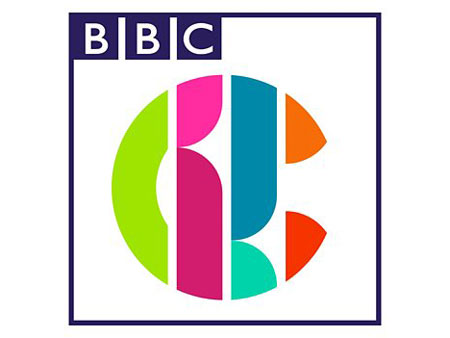LONDON: The Children’s Media Foundation (CMF) has endorsed U.K. industry watchdog Ofcom’s call for Channel 4 to provide more programs for the older kids’ segment.
When its license was renewed in 2014, Channel 4 accepted responsibility for better serving viewers between the ages of 10 and 14. Following many questions asked by the CMF in a number of consultations and meetings, Channel 4 has been called out by U.K. communications regulator Ofcom for continuing to overlook this important age demo, which is said to be underserved by all of the British public service broadcasters (PSBs).
A portion of Ofcom’s Statement of Media Content Policy to Channel 4 Corporation (C4C) said: “Although C4C undoubtedly appeals to younger audiences, more so than the other PSBs, the extent to which it is meeting the specific needs of older children is less clear. This aspect of the remit is important given the rest of the market provides little such content to this age group, and it remains the main concern of stakeholders.
“In next year’s statement we expect to see a much clearer articulation of the impact your strategy is having among older children. We are also asking you to consider how C4C could play a greater role in providing older children with an alternative voice, distinct from the output provided by the BBC. We would welcome an update on your plans in this area in the autumn, and expect to see the result of your considerations clearly set out in next year’s statement, ideally as part of a three-year strategy.”
CMF responded to Ofcom’s statement: “The CMF supports Ofcom in its demands that Channel 4 provides evidence in next year’s Statement of the impact its strategy is having among older children, beyond simply viewing figures, and considers how it could play a greater role in providing older children with an alternative, distinct voice to the output provided by the BBC.
“The CMF considers this a major step forward and is pleased to have been part of the lobbying process which brought this to the attention of the regulator and highlighted the importance of this under-served audience to them.”
 TVKIDS
TVKIDS






